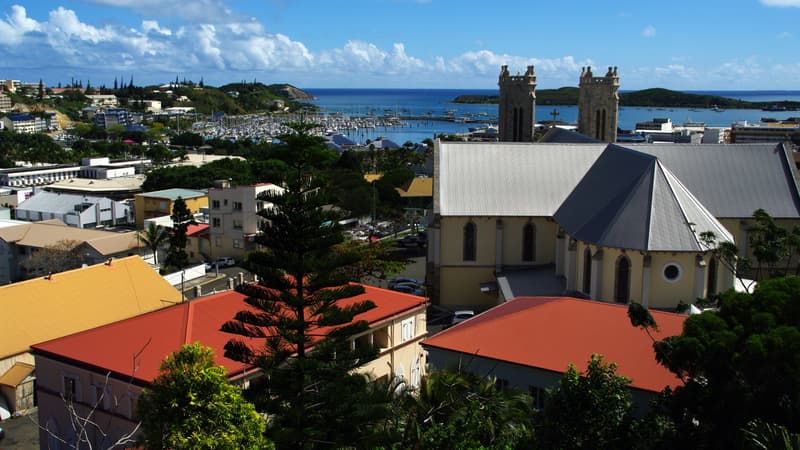With rising coal prices linked to the war in Ukraine, Caledonia’s electricity system is threatened with bankruptcy: 80% of the electricity produced in New Caledonia comes from imported fossil fuels and its manager simply fears default.
The New Caledonian Energy Company (Enercal), a mixed economy company in which New Caledonia has been the majority shareholder since 2008, has settled its accounts: it will be insolvent at the end of the year if measures to compensate for its deficit are not taken, it announced itself By the end of october.
According to Enercal, the consequences of the war in Ukraine should mean an additional deficit of 42 million euros by 2022. A substantial figure that adds to the company’s global deficit of 75.6 million euros.
A real headache for the local government, already forced to vote at the beginning of the year for an 11% increase in the public rate, frozen since 2012. A freeze never compensated until then by the public powers with the company. To deal with the extra cost, it would be necessary to “raise the public rate again, around 20%,” according to Enercal estimates.
New Caledonia does not benefit from the compensation system that allows consumers in the overseas departments to pay the same price for electricity as in France, despite additional costs linked to insularity.
“Addiction”
In the medium and long term, the local government is committed “to renewable energy to get out of dependence on fossil fuels,” says Christopher Gyges. New Caledonia has adopted an ambitious energy transition plan for the period 2016-2022 that has allowed the share of renewable energy in electricity production to increase from 10 to 23%.
The territory now has 39 photovoltaic parks that produce 178 megawatts/hour. 25 new production sites are to be built between 2023 and 2025.
The update of this scheme could be applied to nickel, which has three factories, making the archipelago a highly industrialized place, given its population of 270,000. 75% of the electricity produced is also consumed by the metallurgical industry, so the new text plans to increase the participation of renewable energies in the sector’s electricity supply to 50%.
2,400 million euros of investment
There remains the thorny issue of storing the energy produced in lithium-ion batteries. “Today, storage in a lithium-ion battery is an extremely expensive solution. The kilowatt/hour that enters a battery, at the output its price is multiplied by three”, emphasizes Jean-Gabriel Faget.
The government intends to develop pumped power transfer stations that operate by pumping water with photovoltaics during the day and use this water to spin turbines at night to generate electricity. A cheaper alternative, but one that requires a significant investment: 600 million euros for two units capable of storing 300 megawatts.
In total, 2,400 million euros of investment are foreseen for the development of renewable energies. A colossal sum that is being debated: presented to the elected representatives of the New Caledonian congress, its examination was postponed by the separatist majority of the assembly, which considered that it did not have enough visibility on the capacity of the territory to support these investments.
Source: BFM TV


